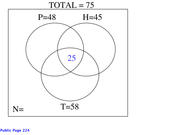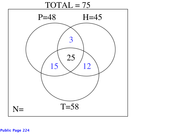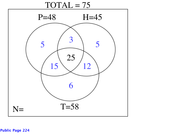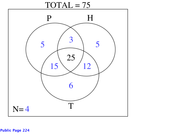Events & Promotions
|
|

GMAT Club Daily Prep
Thank you for using the timer - this advanced tool can estimate your performance and suggest more practice questions. We have subscribed you to Daily Prep Questions via email.
Customized
for You
Track
Your Progress
Practice
Pays
Not interested in getting valuable practice questions and articles delivered to your email? No problem, unsubscribe here.
- Nov 19
12:30 PM EST
-01:30 PM EST
Learn how Keshav, a Chartered Accountant, scored an impressive 705 on GMAT in just 30 days with GMATWhiz's expert guidance. In this video, he shares preparation tips and strategies that worked for him, including the mock, time management, and more - Nov 20
01:30 PM EST
-02:30 PM IST
Learn how Kamakshi achieved a GMAT 675 with an impressive 96th %ile in Data Insights. Discover the unique methods and exam strategies that helped her excel in DI along with other sections for a balanced and high score. - Nov 22
11:00 AM IST
-01:00 PM IST
Do RC/MSR passages scare you? e-GMAT is conducting a masterclass to help you learn – Learn effective reading strategies Tackle difficult RC & MSR with confidence Excel in timed test environment - Nov 23
11:00 AM IST
-01:00 PM IST
Attend this free GMAT Algebra Webinar and learn how to master the most challenging Inequalities and Absolute Value problems with ease. - Nov 24
07:00 PM PST
-08:00 PM PST
Full-length FE mock with insightful analytics, weakness diagnosis, and video explanations! - Nov 25
10:00 AM EST
-11:00 AM EST
Prefer video-based learning? The Target Test Prep OnDemand course is a one-of-a-kind video masterclass featuring 400 hours of lecture-style teaching by Scott Woodbury-Stewart, founder of Target Test Prep and one of the most accomplished GMAT instructors.
Kudos
Bookmarks
D
Be sure to select an answer first to save it in the Error Log before revealing the correct answer (OA)!
Difficulty:
 65%
(hard)
65%
(hard)
Question Stats:
68% (02:51) correct 32%
(02:57)
wrong
32%
(02:57)
wrong  based on 2996
sessions
based on 2996
sessions
History
Date
Time
Result
Not Attempted Yet
A survey was conducted to determine the popularity of 3 foods among students. The data collected from 75 students are summarized as below
48 like Pizza
45 like Hoagies
58 like tacos
28 like pizza and hoagies
37 like hoagies and tacos
40 like pizza and tacos
25 like all three food
What is the number of students who like none or only one of the foods ?
A. 4
B. 16
C. 17
D. 20
E. 23
48 like Pizza
45 like Hoagies
58 like tacos
28 like pizza and hoagies
37 like hoagies and tacos
40 like pizza and tacos
25 like all three food
What is the number of students who like none or only one of the foods ?
A. 4
B. 16
C. 17
D. 20
E. 23
I got this one right but I spent a lot of time playing with numbers. Can someone please show a faster way.
Kudos
Bookmarks
violetsplash
\(Total = A + B + C - (sum \ of \ 2-group \ overlaps) + (all \ three) + Neither\).
75 = 48 + 45 + 58 - (28 + 37 + 40) + 25 + Neither --> Neither = 4.
Only Pizza = P - (P and H + P and T - All 3) = 48 - (28 + 40 - 25) = 5;
Only Hoagies = H - (P and H + H and T - All 3) = 45 - (28 + 37 - 25) = 5;
Only Tacos = T - (P and T + H and T - All 3) = 58 - (40 + 37 - 25) = 6.
The number of students who like none or only one of the foods = 4 + (5 + 5 + 6) = 20.
Answer: D.
For more check ADVANCED OVERLAPPING SETS PROBLEMS: advanced-overlapping-sets-problems-144260.html
Hope this helps.
Kudos
Bookmarks
violetsplash
I have edited the question. The total number of students was missing. After that I could solve it as well. The updated solution is attached.
Attachments
Solution.jpg [ 81.28 KiB | Viewed 155294 times ]






















